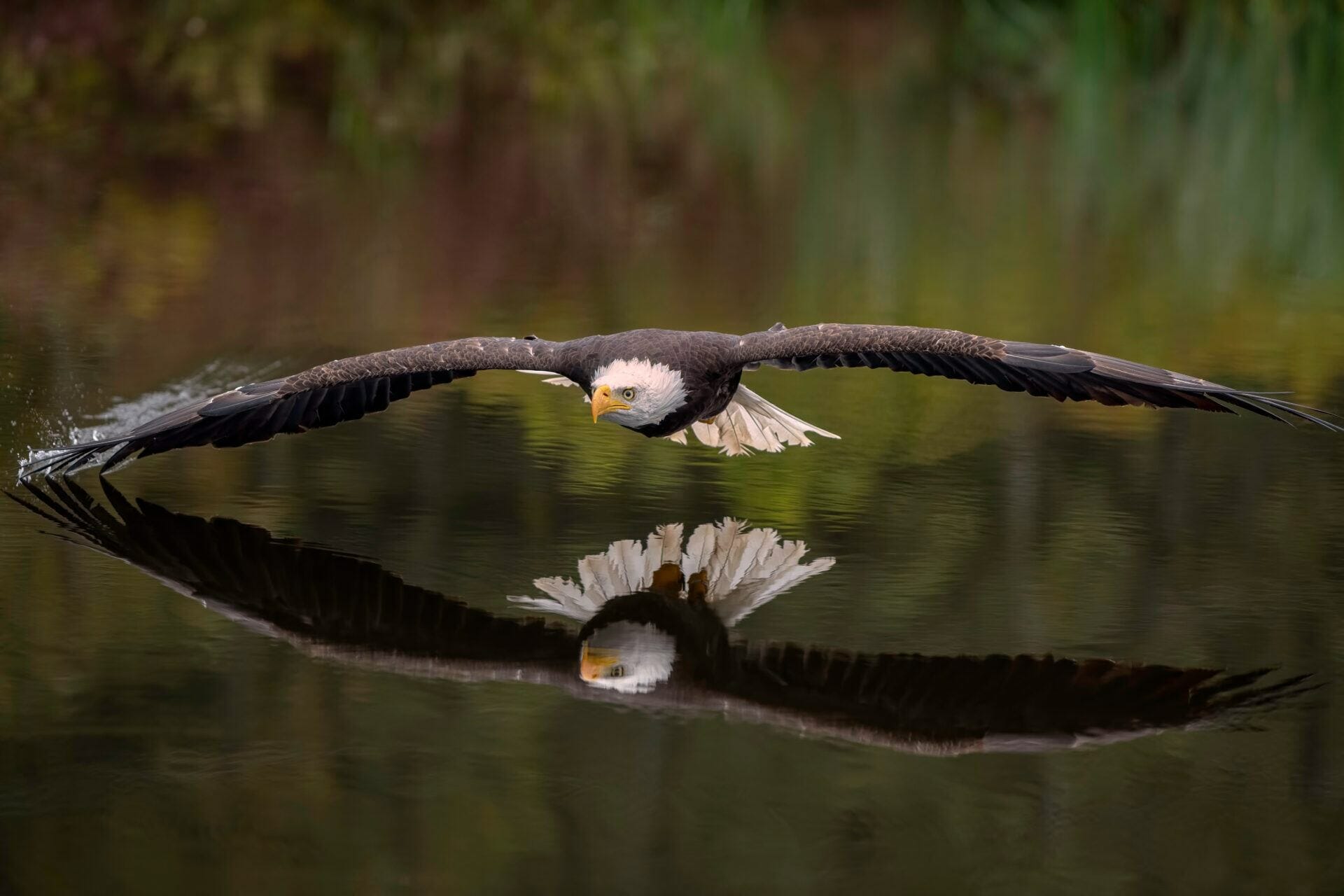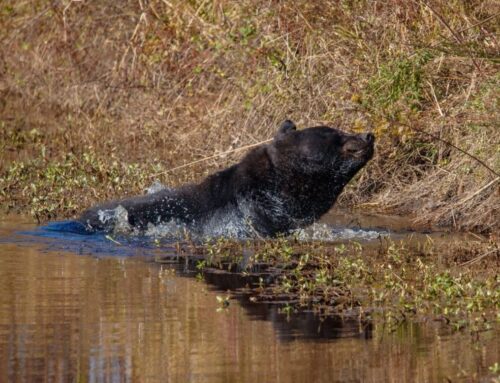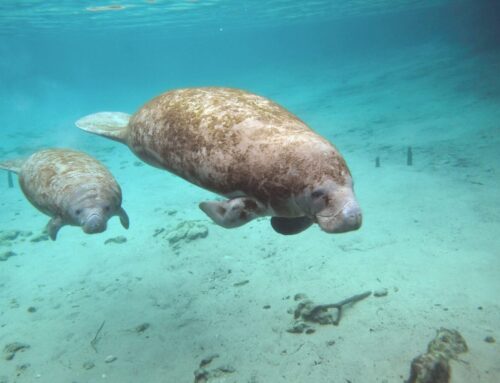Bald eagles are one of the most well-loved birds in the United States— and for good reason! This majestic bird is stunning, strong, and powerful. Learn more about our national bird, its history, and its conservation below:
How did the bald eagle become the national bird?
The bald eagle became the national symbol of the United States in 1782. This bird was selected as the U.S. national symbol by the Second Continental Congress. The Congress also adopted the Declaration of Independence at this time!
How did the bald eagle get its name?
Why is a bald eagle called a bald eagle? Because of its light and dark-colored feathers! While the bald eagle does have feathers on its head, “balde” is actually the old English word for white. That means in old English, a bald eagle is in fact “bald”!
Where do bald eagles live?
Bald eagles live natively only in North America. However, Florida is one of a smaller number of states where you can find bald eagles living year-round. Babcock Ranch near Punta Gorda is an ideal place to spot these majestic birds! In fact, your Babcock Ranch eco-tour guide can help you spot them on a swamp buggy tour.
Are bald eagles a protected species?
Bald eagles are protected by the Bald and Golden Eagle Protection Act as well as the Migratory Bird Treaty Act. That means it is illegal to shoot, transport, or possess a bald eagle. Additionally, it’s also prohibited to possess their feathers. If you find a bald eagle feather on your eco-tour at Babcock Ranch, make sure to leave it where you find it!
Where can I learn more about bald eagles?
Babcock Ranch Eco Tours are a wonderful way to learn more about bald eagles. On your tour, your tour guide will teach you interesting facts about bald eagles and take you to the spots where they often hang out on the ranch. If you don’t spot a bald eagle on your first tour— don’t give up! There are plenty more opportunities. Babcock Ranch Eco-Tours offers swamp buggy tours, night tours, free walking tours, and more. Each is a fantastic opportunity to spot one of these gorgeous predatory birds!







